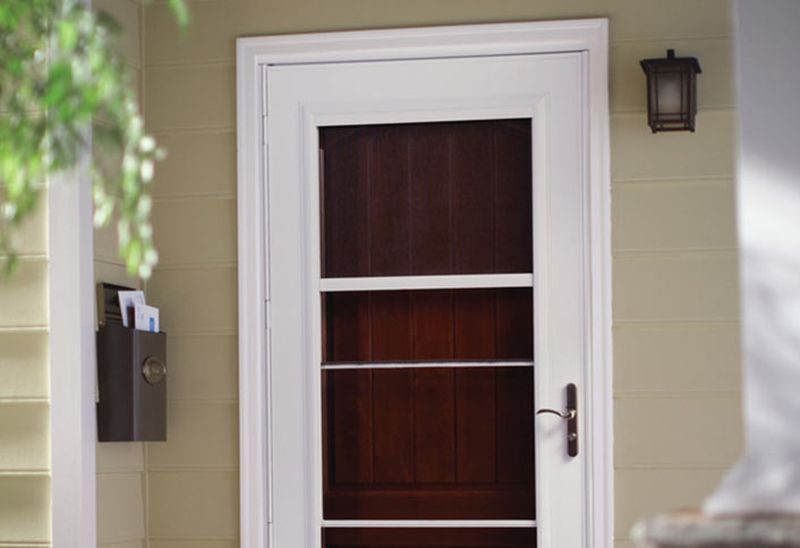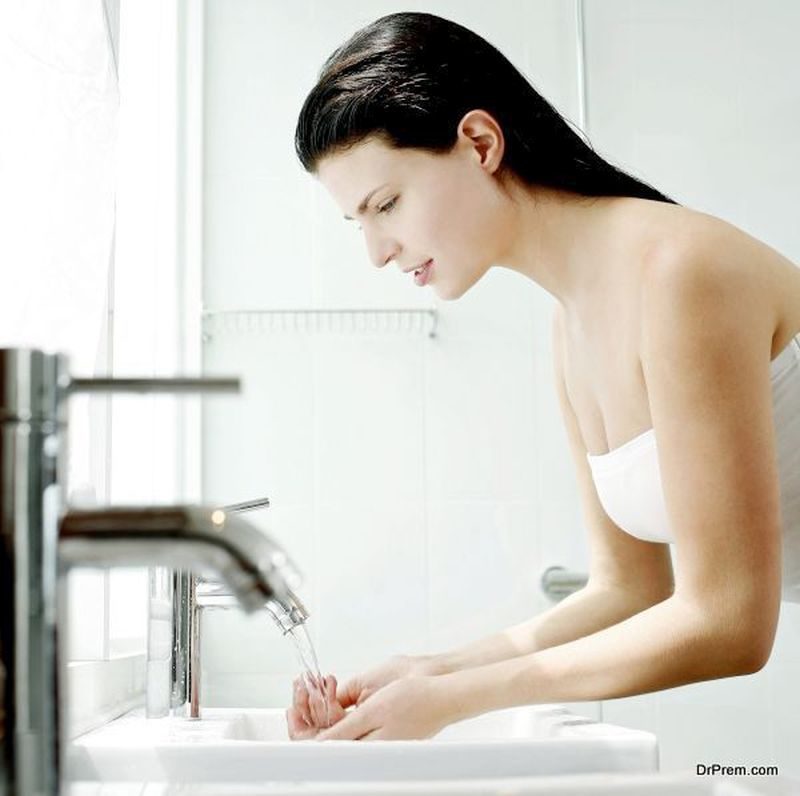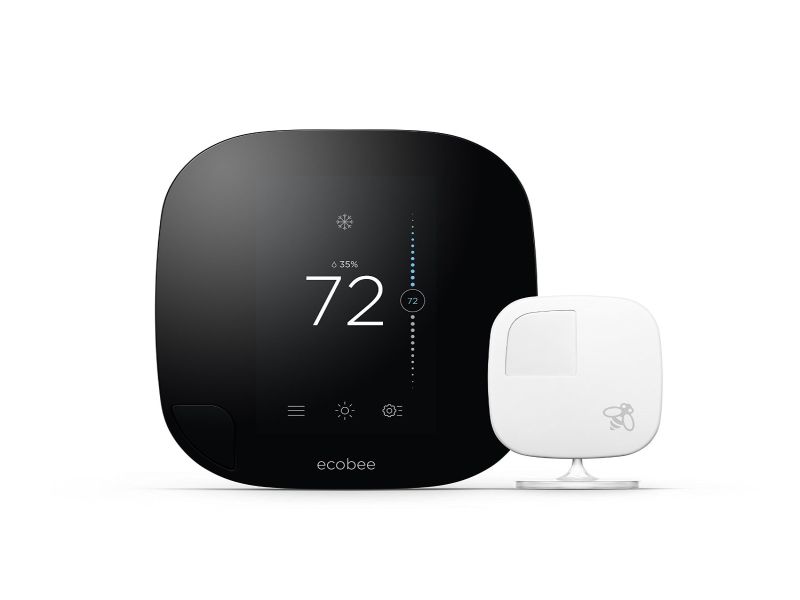Winters are here and it’s time for you winterize your home. There are many small things you could do to keep the warmth trapped within your home, and at a very small cost too. You can keep your heating bills down by winterizing your home at no hassle and without installing any expensive items. The air inside needs to be healthy too, so take a look at this checklist to help you winterize your home cheaply and surely:
Avoid the draft
Drafts can make your home quite chilly indeed. Drafts can enter inside your house from underneath the door and apart from cold air coming in, your house loses heat as warm air rushes out too. The solution is to have the draft snake underneath your doors. It’s an easy and cheap way to conserve heat inside the house. You can make a draft snake easily – just fill up a fabric pouch with sand or kitty litter or roll up a towel and put it underneath the door. You could buy one too, if you wish. Just by this small action, you can save up to 5% to 30% energy per year.
Seal up the windows

If your apartment is an old one, you probably have cold air coming in through your windows. There are very simple solutions and ones which won’t cost you much at all, though it won’t look that good.
- The first solution: You just need a lot of bubblewrap, some water and tape to fix the bubblewrap on your window. Using the water to wet the bubblewrap and using tape, fix the bubblewrap to your window and you can seal the wrap to your windows. Sunlight can still come in through the windows and your house will be warm as no cold air can come in through the windows anymore.
- The second solution: Ask a friend to stand outside the door, window or wall through which you suspect cold air coming in, with a blow dryer, while you stand inside with a lit candle. If the dryer blows out the candle, then you can seal the cracks with caulk. In this manner you can apply caulk around all the doors and windows and walls in your home to prevent drafts coming in, and warm air going out.
Get your fans to turn counter clockwise
If your home feels stuffy, you most likely turn on the fans, but this produces cold air. Changing the direction of the fans will produce warm air, so changing the direction to clockwise rotation will produce warmer air. You could reduce your heating costs by 10% with this method.
Install a programmable thermostat

An electronic thermostat, which has a good program will even out the heating of the big, empty spaces within your house. You could program your heating program of the thermostat using the cool-down and warm-up momentum periods, which eliminates the furnace firing up unnecessarily. By setting your old thermostat at 50 – 55 degrees, when you’re at work or when you sleep, can save you 10% of your energy bill, every year.
Installing storm doors

The cracks in the front door are letting air flow in and out of your home. Cold air comes in and warm air goes out the door, making your house cold and increasing your heating bills. Installing a storm door seals the drafts and helps to reduce air flow. Energy efficiency can be increased by 45% by installing a storm door.
Turn off the A/C valve
If you have window A/C unit with a leaking water valve, you need to turn off the water valve, as it can clog up the water pipes. Draining all the water in the A/C pipes will not only stop the clogging of the pipes, but you won’t have to buy a new unit next summer.
Lower the water heater temperature

Water heaters come with a default setting of 140 degrees Fahrenheit, but you only require 120 degrees F. Lowering the temperature by 20 degrees will give a comfortable water temperature and reduce your energy bills by 6-10%, approximately.
Planting windbreakers, moving furniture away from the vents, and improving air quality indoors by growing indoor plants are some easy things you could do.




